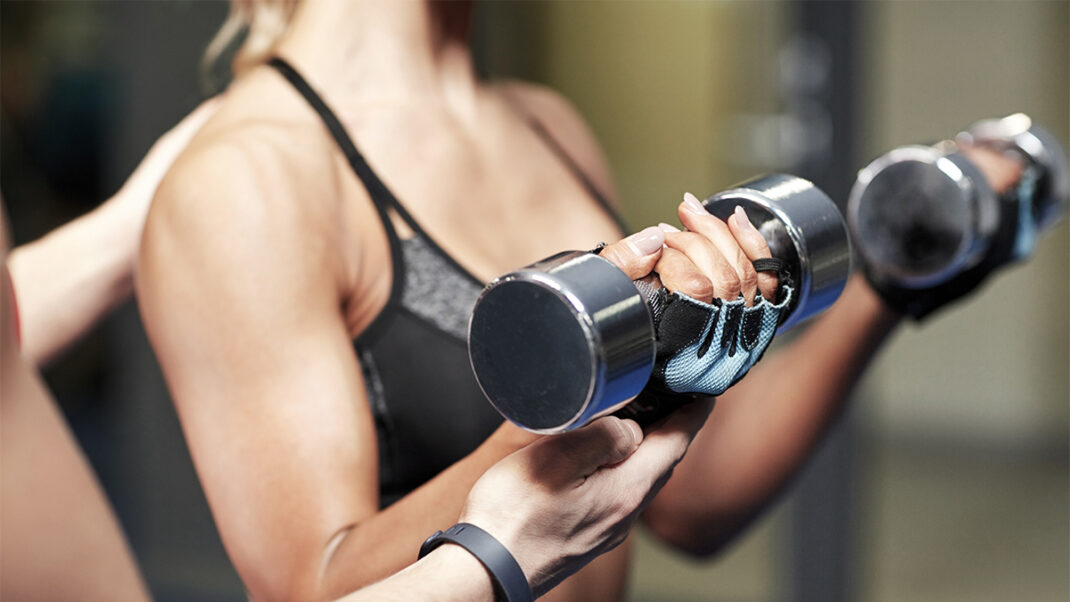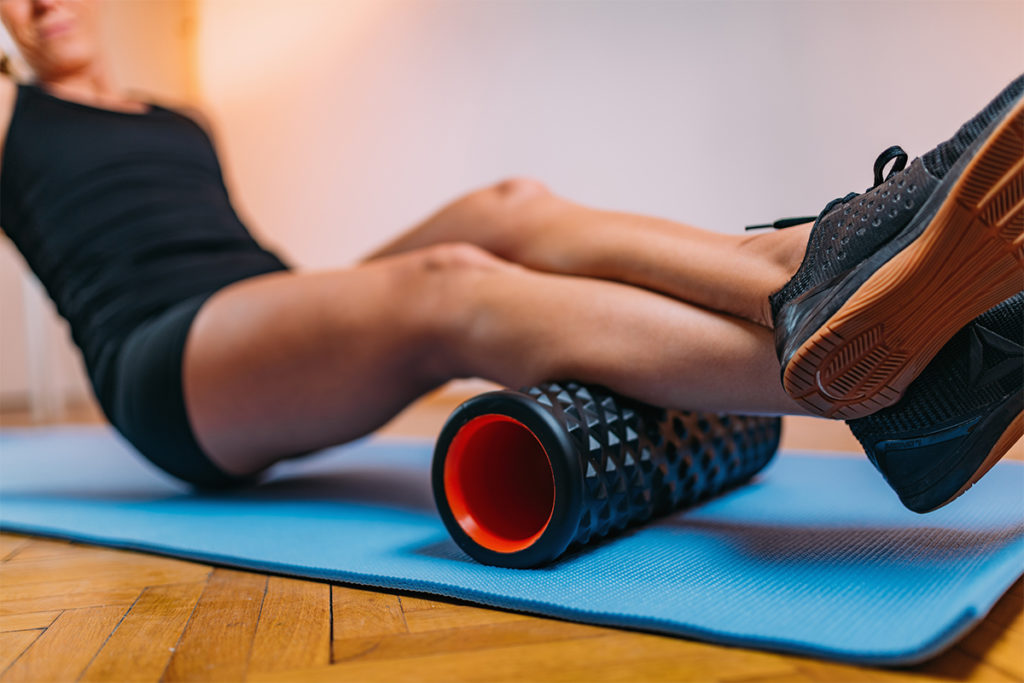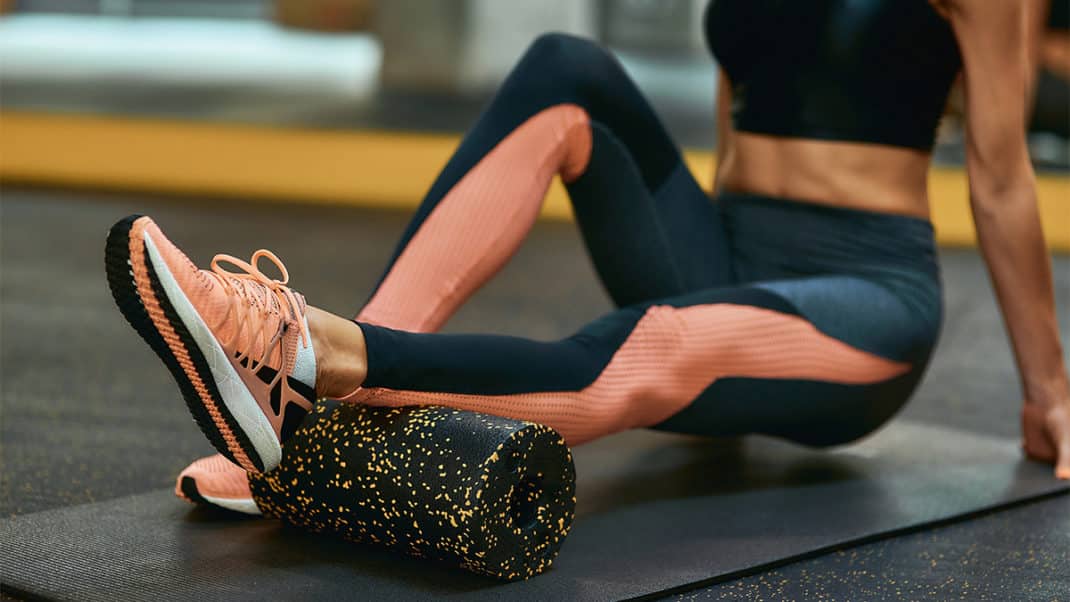Weight Lifting Recovery Tips
Effective and Easy Ways to Recover from a Heavy Weight Lifting Workout

Weightlifting is an excellent way to build strength, improve muscular endurance, and enhance overall fitness. However, proper recovery is essential to optimize muscle growth, prevent injury, and ensure long-term progress. Below are some effective and easy strategies for post-workout recovery, backed by research and expert recommendations. Share them with your clients!

Prioritize Sleep
Sleep plays a crucial role in muscle repair and recovery. Studies indicate that during deep sleep, the body releases growth hormone, which aids in muscle rebuilding and tissue repair (Dattilo et al., 2011). Aim for 7-9 hours of quality sleep per night to enhance recovery. Practice good sleep hygiene by limiting screen usage 2 hours prior to bedtime, maintaining a slightly cool bedroom temperature and minimize anything that may wake you up.
Hydration and Electrolyte Balance
Heavy lifting leads to fluid loss through sweating, which can result in dehydration and muscle cramps. Drinking sufficient water and replenishing electrolytes with sodium, potassium, and magnesium can help maintain muscle function and accelerate recovery (Sawka et al., 2007). Coconut water and electrolyte-infused beverages can be effective options.

Proper Nutrition and Protein Intake
Post-workout nutrition is vital for replenishing glycogen stores and repairing muscle fibers. Research suggests consuming 20-40 grams of high-quality protein, such as whey or plant-based protein, within 30-60 minutes after exercise can enhance muscle protein synthesis (Phillips, 2014). Combining protein with carbohydrates improves glycogen resynthesis and recovery.
Active Recovery
Light activities such as walking, cycling, or yoga can increase blood flow, helping to reduce muscle soreness and stiffness. Studies suggest that active recovery at a low intensity enhances lactate clearance and reduces delayed onset muscle soreness (DOMS) (Dupuy et al., 2018).
Foam Rolling and Stretching
Self-myofascial release techniques like foam rolling can decrease muscle tightness and improve range of motion. A meta-analysis found that foam rolling reduces muscle soreness and enhances performance in subsequent workouts (Wiewelhove et al., 2019). Static stretching can also alleviate tension and promote relaxation post-workout.

Cold Therapy and Contrast Baths
Ice baths and cold showers have been shown to reduce inflammation and muscle soreness after intense weightlifting sessions. Contrast water therapy, alternating between hot and cold-water immersion, may also accelerate recovery by enhancing circulation and reducing muscle stiffness (Hohenauer et al., 2015).
Massage Therapy
Sports massage is another effective method to alleviate muscle tightness and improve circulation. Research indicates that massage therapy can reduce perceived muscle soreness and promote relaxation (Beardsley & Škarabot, 2015). Foam rollers and massage guns offer convenient self-massage options.
Proper recovery from heavy weightlifting workouts ensures continued progress, minimizes injury risk, and maximizes muscle adaptation. By incorporating adequate sleep, hydration, proper nutrition, active recovery, and recovery-enhancing techniques such as foam rolling and cold therapy, lifters can optimize their post-workout routine. Combining these strategies with a structured training plan will promote long-term success in strength training.
References
- Beardsley, C., & Škarabot, J. (2015). Effects of self-myofascial release: A systematic review. Journal of Bodywork and Movement Therapies, 19(4), 747-758.
- Dattilo, M., Antunes, H. K., Medeiros, A., Neto, M. M., Souza, H. S., Tufik, S., & de Mello, M. T. (2011). Sleep and muscle recovery: Endocrinological and molecular basis for a new and promising hypothesis. Medical Hypotheses, 77(2), 220-222.
- Dupuy, O., Douzi, W., Theurot, D., Bosquet, L., & Dugué, B. (2018). An evidence-based approach for choosing post-exercise recovery techniques to reduce markers of muscle damage, soreness, fatigue, and inflammation: A systematic review. Frontiers in Physiology, 9, 403.
- Hohenauer, E., Taeymans, J., Baeyens, J. P., Clarys, P., & Clijsen, R. (2015). The effect of post-exercise cryotherapy on recovery characteristics: A systematic review and meta-analysis. PLoS One, 10(9), e0139028.
- Phillips, S. M. (2014). A brief review of critical processes in exercise-induced muscular hypertrophy. Sports Medicine, 44(1), 71-77.
- Sawka, M. N., Cheuvront, S. N., & Kenefick, R. W. (2007). Hypohydration and human performance: Impact of environment and physiological mechanisms. Sports Medicine, 37(10), 907-921.
- Wiewelhove, T., Döweling, A., Schneider, C., Emig, N., Adams, A., Kellmann, M., & Ferrauti, A. (2019). A meta-analysis of the effects of foam rolling on performance and recovery. Frontiers in Physiology, 10, 376.




